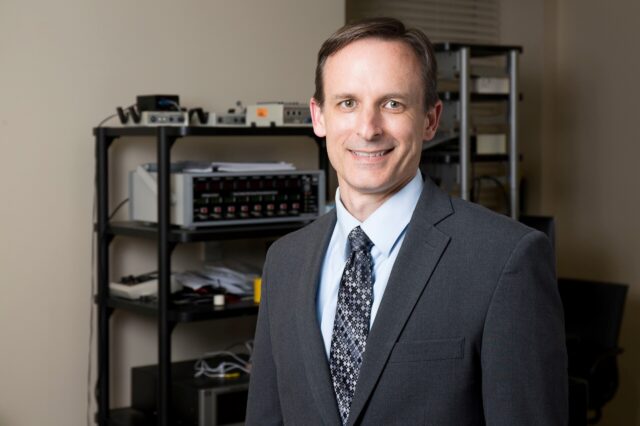New imaging technique could aid in testing of new drugs for dystonia

A new study led by University of Florida neuroscientists furthers the scientific understanding about the brain regions involved with dystonia, a poorly understood, debilitating neurological disorder characterized by involuntary muscle contractions, twisting movements and other symptoms. The new findings may help scientists test new drugs that could abate the symptoms of the disease.
The study, published in the journal Neurobiology of Disease, shows that removing a key protein linked to dystonia in a mouse model results in widespread increases in strength of connections across the brain network. The protein is called torsinA and is associated with DYT1 dystonia, which is a genetic form of dystonia.
Dystonia can range in levels of impairment, with onset in childhood or adulthood. It affects about 300,000 Americans.
In collaboration with researchers at the University of Michigan, UF researchers sought to understand what happens in brain networks when torsinA is deleted, amid dystonic symptoms, as a critical step in developing imaging methods to track the disease in humans. They conducted the scans using the high-field imaging magnet at UF’s National High Magnetic Field Laboratory.
The study was novel in its use of a live symptomatic dystonia animal model.
“Future studies can look at this as a foundation and platform for testing dystonia therapeutics going forward, with technology and readouts that have a direct translation to humans,” said senior author David Vaillancourt, Ph.D., a professor of applied physiology and kinesiology in UF’s College of Health and Human Performance and a member of the Evelyn F. and William L. McKnight Brain Institute of the University of Florida.
“This study is a critical step in the evolution of therapies for dystonia,” said Michael S. Okun, M.D., a professor and chair of neurology at the University of Florida College of Medicine, part of UF Health. “Combining an animal model with a novel imaging technique will speed up our ability to test new medications and therapies.”
The study was funded by Tyler’s Hope for a Dystonia Cure, the National Institutes of Health and the McKnight Brain Institute.
About the author
